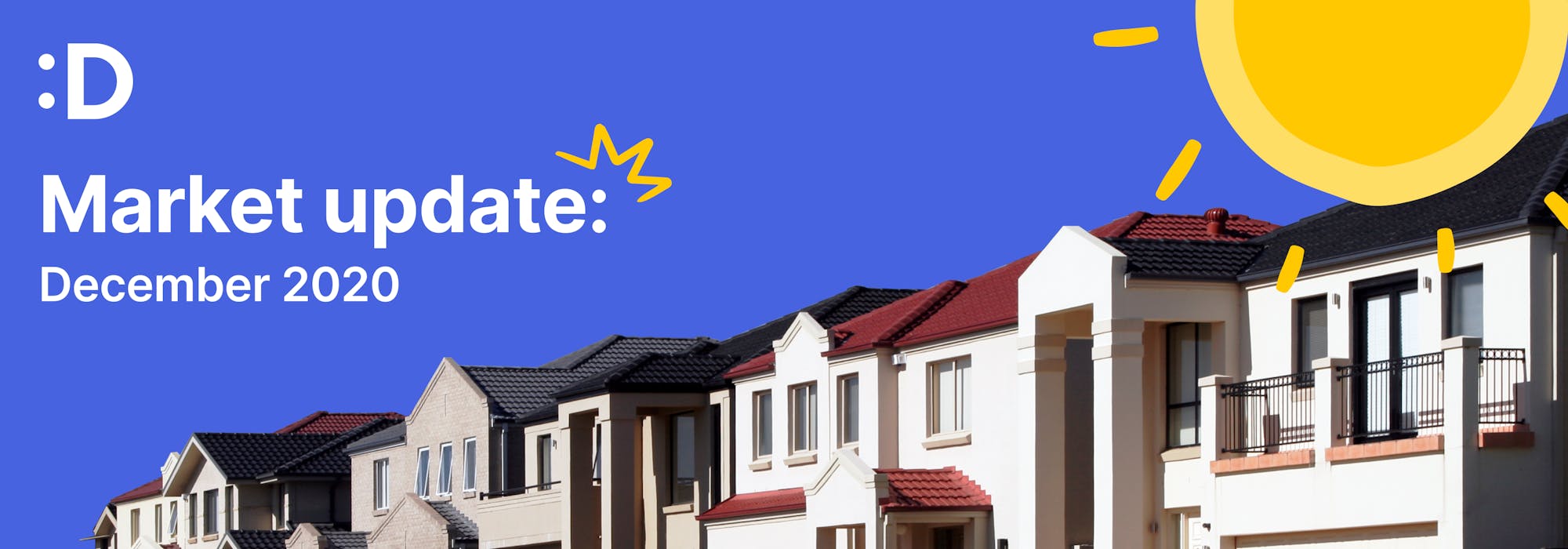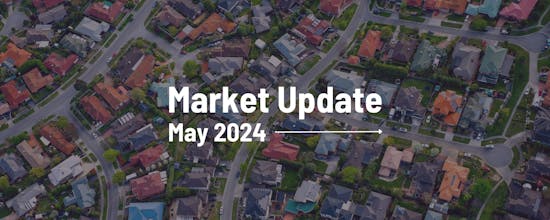Over the last 6 months, the rental markets across Australia have been significantly impacted by trends related to the coronavirus pandemic. From extensive job losses to an increase in short-term rental properties (such as Airbnbs) being made available in the long-term rental market, how have these trends impacted the rental market in Brisbane, Sydney and Melbourne?
2020 has seen significant job losses in the hospitality, recreation services, and arts industries, where workers are generally younger, on less income, and more likely to be renters. With the closure of many of these service businesses during the COVID-19 pandemic, demand for rental properties fell dramatically as households consolidated to save money. We have seen families moving in together, friends and couples sharing larger homes to alleviate the costs of renting individually, and tenants moving to different locations. While inner-city and beach suburbs have traditionally been less affordable, their dramatic reduction of rental prices has seen tenants moving from areas like western Sydney, for the lifestyle change that previously may not have been financially achievable.
Melbourne
As a result of the stage 4 lockdowns, Melbourne has seen the greatest decline in rent amongst all of Australia’s capital cities. According to Domain, average weekly rents fell between $30 to $65/week, with units now at an average of $400/week, and houses at $440/week.
With the restrictions having now eased, the :Different Leasing Team have seen an immediate increase in interest, with many properties attracting multiple applications and more inquiries being presented each day. Compared to 2 Melbourne properties leased in September 2020 during the harshest period of the lockdown, the final quarter of the year has been extremely successful so far, with 15 and 26 Melbourne properties leased in October and November respectively.
However, the vacancy rate for Melbourne is still high at 4.6%, compared to 1.8% at this time last year. The number of vacant rental listings is now 67% higher than the April peak, a sign that Melbourne still has a long way to go.
Sydney
Tenants in Sydney have benefited from significant rental reductions in the suburbs which previously experienced the highest demand, with homes in the city, eastern region, and lower north shore experiencing the greatest decline in asking rents. Here is how much they have fallen, according to Domain:
- House and unit asking rents in the city reduced by $125/week
- House and unit asking rents in the eastern region reduced by $80/week
- Unit asking rents in the lower north shore reduced by $70/week
This shift has seen tenants actively looking to move to locations which previously may not have been affordable for them.
According to the Real Estate Institute of NSW (REINSW), vacancies in Sydney now sit at 4.3% - which is up 0.2% from September, but still below the historic high of 5.0% in July. There is an oversupply of properties advertised, which has given tenants the power to negotiate when applying for their preferred new home. However, if the property is presented well at open homes, marketed with great photos, and the price is right for the location and property type in the current market conditions, owners will be more likely to gather a larger pool of prospective tenants.
The :Different Leasing Team in NSW are seeing multiple tenant applications for each property, and our properties are on average leased in less than 21 days (compared to the state average of 35 to 61 days). Our leasing results have remained steady over the last 3 months, with November seeing over 40 properties leased in NSW.
Brisbane
As a result of domestic and international border closures that have directly impacted the movement of migrants, international students, and tourists into the sunshine state, the Brisbane market has seen a reduction in demand for inner-city apartments; Domain’s reports show that vacancy rates in the city are just over 7%, compared to the eastern and northern suburbs which are sitting just above 1%. However, the past 3 months have been stellar overall for the Brisbane rental market, with low vacancy rates and a record high rent price rise of $15/week.
The :Different Leasing Team in Queensland are listing and leasing at a rate on par with our peak months of January and February. Over the last 3 months, our leasing results have remained consistent, with 55 properties leased in Brisbane, and the average home spending around 19 days on the market (average 33 days across Brisbane); majority are leased before the existing tenant vacates the property.
November at a glance: In November 2020, the :Different Leasing Team leased 78 properties across VIC, NSW & QLD.
Disclaimer: The views, information, or opinions expressed in this blog post are for general information purposes only and should not be relied upon. We have not taken into account specific situations, facts or circumstances, and no part of this blog post constitutes personal financial, legal, or tax advice to you.



